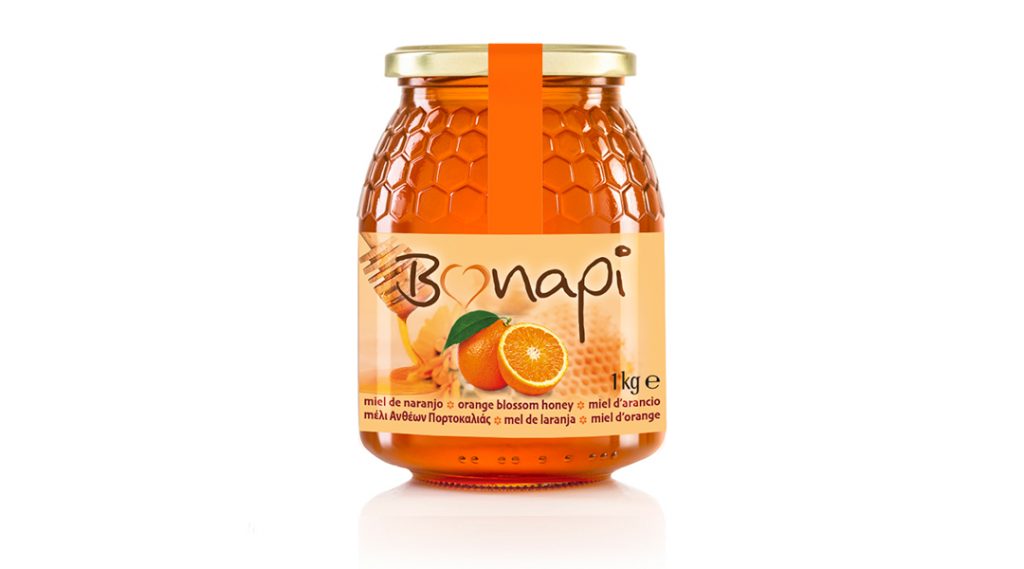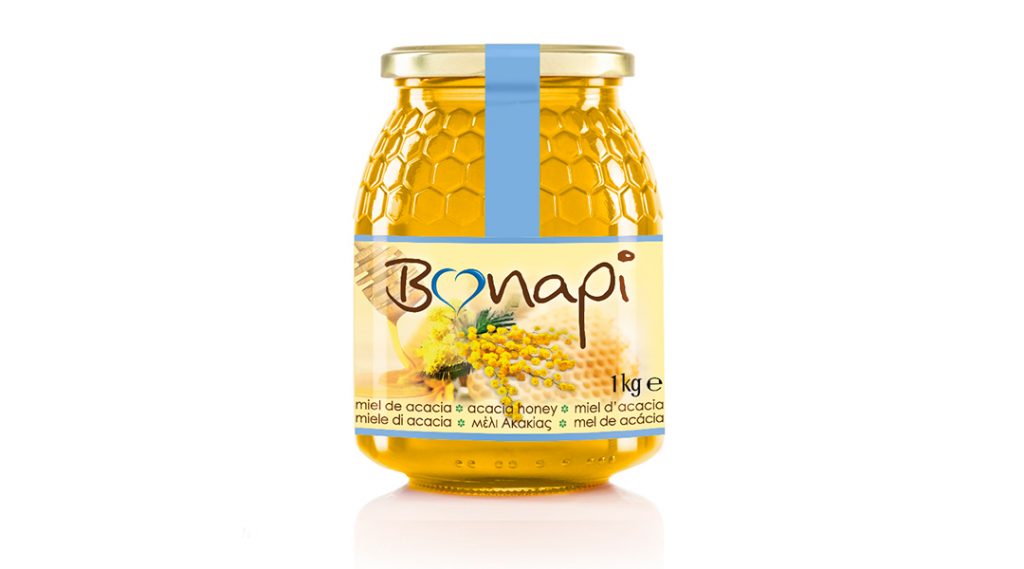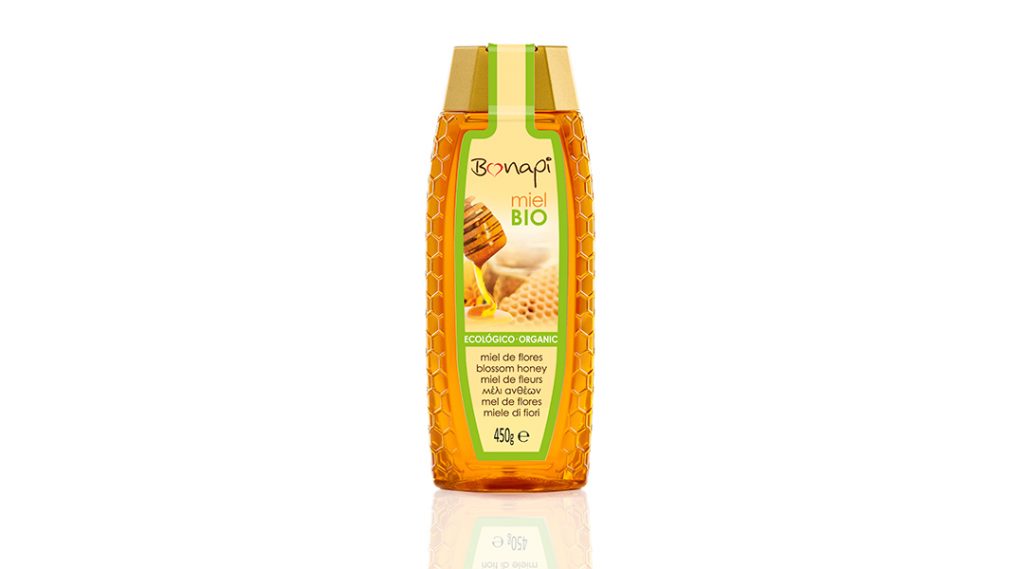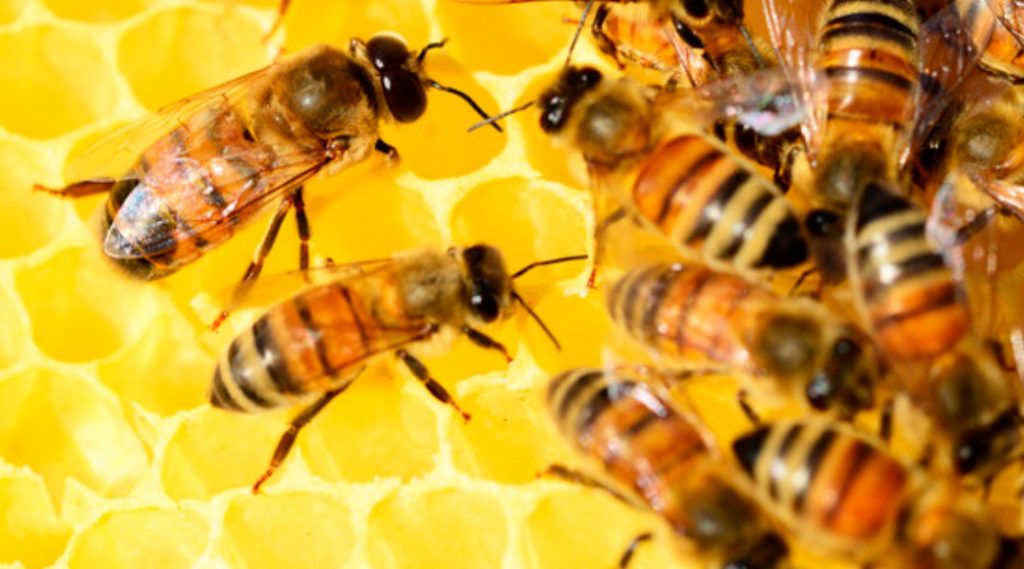Although we may think that there is only one type of honey, the truth is that there are many varieties of honey with different flavours, textures and health benefits. So much so that, did you know that it is possible to find more than 20 different types of honey?
Honey is an ancient product that has been present in the Mediterranean diet since Ancient Egypt. Until sugar cane became widespread, around the 14th century, honey was the only natural sweetener with which it was possible to sweeten food.
Since ancient times, honey has been used as food, but it was also used as a natural remedy for healing wounds and even for preserving various products.
To learn more about honey, it is important to know that each type depends on the species of flower from which the bee’s nectar has been extracted and the season of the year. Although there are plants that secrete different substances from which it is possible to obtain honey, for example, oak or holm oak, in general honey comes from the nectar of flowers.
Do you know all about the different types of honeys and their properties? In this post we will tell you everything you need to know about the different types of honeys.
Types of flowers and their honeys
Due to the type of flower from which the nectar has been extracted, we have different types of honey.
- Monoflorals: They are characterized by having a greater amount of nectar from a single type of flower.
- Flower honey: In this honey the presence of any particular flower does not dominate, it contains a great variety of nectars collected from a wide variety of flowers.
Depending on the weather we have 3 types of seasonal honey.
- Spring: Harvested at the end of May, it is usually a honey with a light hue.
- Main: Harvested between June and July, where the highest production is reached in those months.
- Late: It is all the collection from the month of August, this is the last that is collected until the month of May.
Monofloral Honeys, Flower Honey and other Maes Honey honeys
Bonapi Honey is obtained from a careful selection of honeys from around the world, subjected to rigorous quality controls. It is a honey from hives cared with love and care by professional beekeepers.
This honey is obtained from the bees of the pollen that the bees collect from the flowers, where we can find the nectar from one or more flowers.
For the development of these honeys, the importance of the climate stands out, and a spring climate is required to be able to collect it.
Next, we will tell you about the different Bonapi honeys, among which there are both monofloral honeys and flower honey.
Orange blossom honey
This is a monofloral honey where the presence of the nectar extracted from the orange blossom dominates. The orange blossom is the natural flower of citrus fruit trees, in this case orange and lemon trees.
This is a honey produced mainly in spring, but there are regions where flowering is slower and a late honey is obtained. The aroma of orange blossom honey is mild with citrus notes that also reach the palate. Thus, orange blossom honey has a characteristic and unique flavour. It has a yellowish colour and a dense appearance because it contains a high amount of crystallising sugars.

Acacia flower honey
This honey is monofloral, obtained from the acacia flower, a 5-petal flower with a very intense smell. The acacia flower belongs to the trees of the Fabaceae family. Acacia flower honey is characterized by having a very light color, sometimes almost transparent, high levels of fructose, a very light texture, a floral aroma and a very mild neutral flavor. This flavor is neutral and mild, which is why acacia honey is famous for being used as a natural sweetener.
The consumption of this honey is very popular in Eastern Europe and its largest producers are the Valcea district in Romania, Bulgaria, Ukraine, Poland and Hungary.

Forest honey
This honey is produced mainly with the molasses found by bees in the leaves of trees such as oaks, holm oaks and cork oaks.
This honey is seasonal, it is only collected in the period from October to December.
In this honey we usually find a dark amber color, it is a less sweet variety with a strong flavor and salty notes, its aroma is characterized by being floral, malty and very intense.
Forest honey is also called honeydew, honeydew, and honey drizzle.
Organic honey
Organic honey is that obtained from the blooms of fields with organic certification, which meet the requirements established by organic beekeeping.
This honey can be multifloral or multi-flower depending on the field. This type of honey has a sweet and pleasant taste with a more classic amber color.
For this honey to be organic, the hives and crops have to be found far from urban areas, far from any polluting source that guarantees its purity.
The feeding of the bees also has a lot to do with it, for the honey to be organic, the bees must feed exclusively on pollen and the honey they produce itself, they cannot be supplemented with food.
This honey is obtained from blooms in certified organic fields, as well as beekeeping in which strict ecological protocols are followed.

The importance of honey for health
Depending on the types of honeys, we can obtain different health benefits, but, it is true that all honeys share different characteristics that help our body to feel better.

Honeys as antioxidants:
Helps fight free radicals in our body thus avoiding oxidation, Forest honey is more beneficial as an antioxidant since it concentrates more antioxidant elements such as:
- Flavonoids
- Phenols
- Enzymes
- Organic acids
Helps heal injuries
Honey is a great ointment for healing wounds because it reduces healing time, prevents wound infections and has an antibiotic effect. As we said, its beneficial properties for healing burns and wounds have been known since ancient times. It is also a very beneficial option for the treatment of skin pathologies such as diabetic foot ulcers or psoriasis. Orange blossom honey is one of the most beneficial for healing injuries.
Reduces coughing, relieves sore throat, and speeds recovery
In this case, forest honeys will be our best ally. It can be used in an infusion, milk or alone, honey helps us to soften coughs and sore throats. In some cases, it can even help us speed up the recovery from our cold.
Relaxing effect
Honey contains tryptophan and simple sugars such as fructose and glucose that are quickly absorbed by the body. These sugars reach our brain quickly, making honey an ideal food to help us relax or relieve stress. A spoonful of honey to relax at the end of the day is an ideal option to calm our anxiety! For this purpose, acacia honeys are the most recommended.
Favors digestion
Mixing a little honey with lemon or cinnamon helps us in the digestive activity and also helps us avoid reflux, organic honeys is very useful in this case due to its Bio origin.
Benefits our mind
Honeys help the absorption of calcium and magnesium, adequate levels of these in the brain will help us improve learning and memory.
Combat high cholesterol levels
For people with type 1 diabetes, honey has extremely beneficial properties in lowering levels of bad or LDL cholesterol while increasing levels of good or HDL cholesterol. Lowering LDL cholesterol levels may be a preventive factor in the development of heart disease or stroke.
In conclusion, there are different types of honeys that are used at certain times. In addition to being an alternative to refined sugar, very useful especially for diabetics, it has many beneficial properties for general health. That is why at Maes Honey we offer a wide range of honeys to taste.
You may also be interested in:


